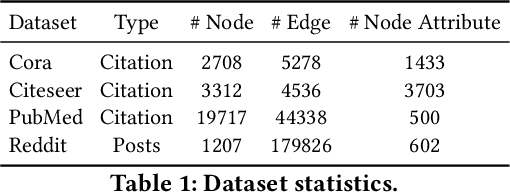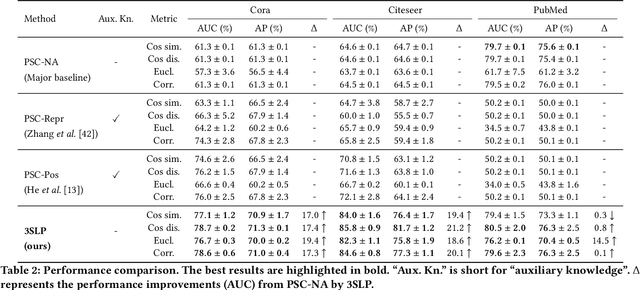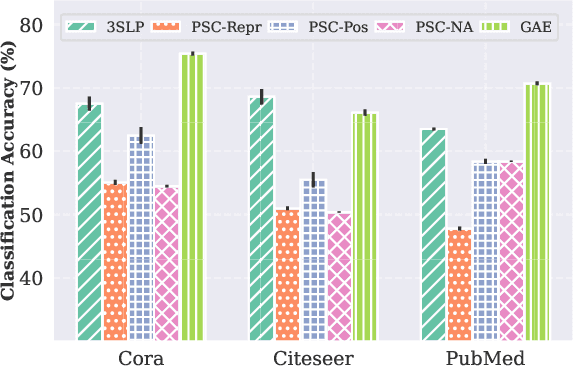Zhiyi Tian
TAPE: Tailored Posterior Difference for Auditing of Machine Unlearning
Feb 27, 2025Abstract:With the increasing prevalence of Web-based platforms handling vast amounts of user data, machine unlearning has emerged as a crucial mechanism to uphold users' right to be forgotten, enabling individuals to request the removal of their specified data from trained models. However, the auditing of machine unlearning processes remains significantly underexplored. Although some existing methods offer unlearning auditing by leveraging backdoors, these backdoor-based approaches are inefficient and impractical, as they necessitate involvement in the initial model training process to embed the backdoors. In this paper, we propose a TAilored Posterior diffErence (TAPE) method to provide unlearning auditing independently of original model training. We observe that the process of machine unlearning inherently introduces changes in the model, which contains information related to the erased data. TAPE leverages unlearning model differences to assess how much information has been removed through the unlearning operation. Firstly, TAPE mimics the unlearned posterior differences by quickly building unlearned shadow models based on first-order influence estimation. Secondly, we train a Reconstructor model to extract and evaluate the private information of the unlearned posterior differences to audit unlearning. Existing privacy reconstructing methods based on posterior differences are only feasible for model updates of a single sample. To enable the reconstruction effective for multi-sample unlearning requests, we propose two strategies, unlearned data perturbation and unlearned influence-based division, to augment the posterior difference. Extensive experimental results indicate the significant superiority of TAPE over the state-of-the-art unlearning verification methods, at least 4.5$\times$ efficiency speedup and supporting the auditing for broader unlearning scenarios.
SCU: An Efficient Machine Unlearning Scheme for Deep Learning Enabled Semantic Communications
Feb 27, 2025Abstract:Deep learning (DL) enabled semantic communications leverage DL to train encoders and decoders (codecs) to extract and recover semantic information. However, most semantic training datasets contain personal private information. Such concerns call for enormous requirements for specified data erasure from semantic codecs when previous users hope to move their data from the semantic system. {Existing machine unlearning solutions remove data contribution from trained models, yet usually in supervised sole model scenarios. These methods are infeasible in semantic communications that often need to jointly train unsupervised encoders and decoders.} In this paper, we investigate the unlearning problem in DL-enabled semantic communications and propose a semantic communication unlearning (SCU) scheme to tackle the problem. {SCU includes two key components. Firstly,} we customize the joint unlearning method for semantic codecs, including the encoder and decoder, by minimizing mutual information between the learned semantic representation and the erased samples. {Secondly,} to compensate for semantic model utility degradation caused by unlearning, we propose a contrastive compensation method, which considers the erased data as the negative samples and the remaining data as the positive samples to retrain the unlearned semantic models contrastively. Theoretical analysis and extensive experimental results on three representative datasets demonstrate the effectiveness and efficiency of our proposed methods.
Can Self Supervision Rejuvenate Similarity-Based Link Prediction?
Oct 24, 2024



Abstract:Although recent advancements in end-to-end learning-based link prediction (LP) methods have shown remarkable capabilities, the significance of traditional similarity-based LP methods persists in unsupervised scenarios where there are no known link labels. However, the selection of node features for similarity computation in similarity-based LP can be challenging. Less informative node features can result in suboptimal LP performance. To address these challenges, we integrate self-supervised graph learning techniques into similarity-based LP and propose a novel method: Self-Supervised Similarity-based LP (3SLP). 3SLP is suitable for the unsupervised condition of similarity-based LP without the assistance of known link labels. Specifically, 3SLP introduces a dual-view contrastive node representation learning (DCNRL) with crafted data augmentation and node representation learning. DCNRL is dedicated to developing more informative node representations, replacing the node attributes as inputs in the similarity-based LP backbone. Extensive experiments over benchmark datasets demonstrate the salient improvement of 3SLP, outperforming the baseline of traditional similarity-based LP by up to 21.2% (AUC).
Machine Unlearning: A Comprehensive Survey
May 13, 2024Abstract:As the right to be forgotten has been legislated worldwide, many studies attempt to design unlearning mechanisms to protect users' privacy when they want to leave machine learning service platforms. Specifically, machine unlearning is to make a trained model to remove the contribution of an erased subset of the training dataset. This survey aims to systematically classify a wide range of machine unlearning and discuss their differences, connections and open problems. We categorize current unlearning methods into four scenarios: centralized unlearning, distributed and irregular data unlearning, unlearning verification, and privacy and security issues in unlearning. Since centralized unlearning is the primary domain, we use two parts to introduce: firstly, we classify centralized unlearning into exact unlearning and approximate unlearning; secondly, we offer a detailed introduction to the techniques of these methods. Besides the centralized unlearning, we notice some studies about distributed and irregular data unlearning and introduce federated unlearning and graph unlearning as the two representative directions. After introducing unlearning methods, we review studies about unlearning verification. Moreover, we consider the privacy and security issues essential in machine unlearning and organize the latest related literature. Finally, we discuss the challenges of various unlearning scenarios and address the potential research directions.
 Add to Chrome
Add to Chrome Add to Firefox
Add to Firefox Add to Edge
Add to Edge